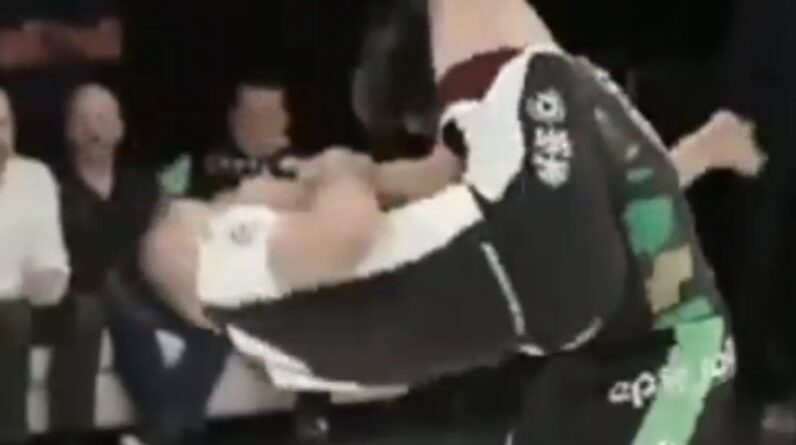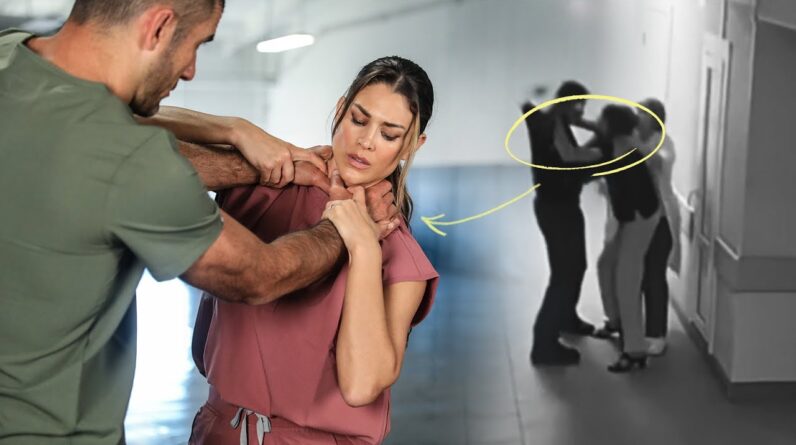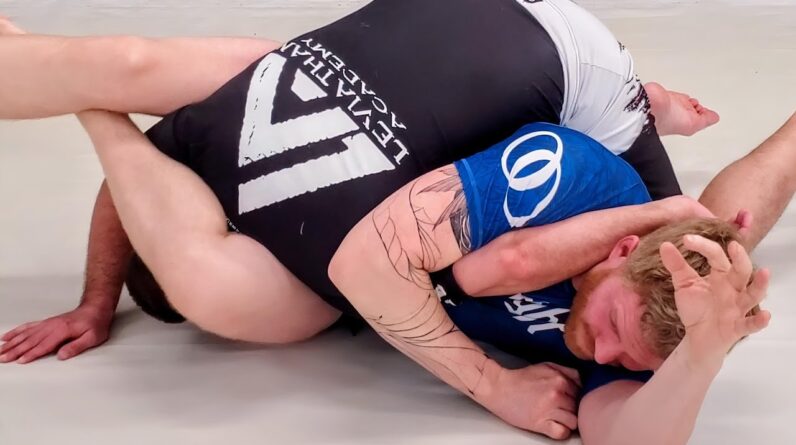Utilize The Body’s Most Natural Movements In The Most Powerful Way From The Bottom Up.
Kung Fu Power Comes From Your Feet: The Importance of Stance In Martial Arts
I give the same talk every class to new martial arts students, about how the key to good martial arts comes from your stances. It’s hard to get into good kung fu stances, because they are so different from what normally passes for posture in our world.
Good kung fu stances keep your weight centered over the balls of your feet, to give you maximum range of motion in the full circle engagement area. You have to be able to shift weight from one foot to the other quickly, so you need to learn to keep your stance balanced.
Something I learned in the Science of the Punch, and which makes a lot of sense, is that the force of a punch starts from your feet and is transferred through your abdomen and core. Major direction comes from the upper torso, but most of the force comes from moving your entire body behind the strike. I’ve discovered, since watching that show on National Geographic, that I’m focusing a lot more on my stances, kung fu in particular.
Because I’m a multi-stylist, sometimes it’s hard to keep stances ‘pure’ – for example, the more upright Shaolin kung fu stance tends to mingle with the lower, more fluid Wing Chun stances, and my dabbling in Tae Kwon Do means that when I step in a certain way, muscle memory takes over, and what should end a form with a horse stance ends up in a side stance, ready to kick someone’s kidneys out their back. This makes it difficult to teach at times, because I have to tell my students “Do as I say, not as I do…”
So, since I’ve got a Wing Chun influenced Kung Fu class coming up that I’ll be teaching, I’ve been spending a lot of time with Kung Fu instructional DVDs, and working in front of a mirror. I watch the video, stepping through it at 1/16th speed, and try to hold each posture, checking my own posture in the mirror as I do it, just so I can re-train my muscle memory to do it the way it needs to be taught. It’s a humbling experience at times, let me tell you. Even minor little things like how my feet get placed get examined for this – are they exactly shoulder width apart, or are they going wider than they should? Am I exactly at three quarters profile, or have I slipped into a sloppy “T” stance with my lead toe pointed at the bag, as if I’m aiming for a kick? When I come out of a form and I edge on to the bag, so that I have the minimum surface area to cover with a parry or block?
Getting good form down for Kung Fu takes practice, as I’m slowly relearning in order to teach my next class.


